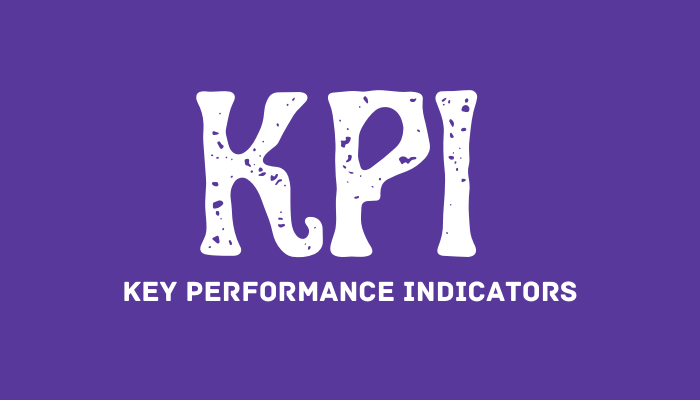Starting and operating a successful business requires quality products and extensive analysis of sales, revenue, and financial projections.
Unfortunately, this is impossible without monitoring the relevant business metrics. Also known as key performance indicators, business metrics evaluate the measurable values that show your company’s progress towards achieving business goals.
Usually tracked through a KPI dashboard, various metrics help determine if the company has achieved the strategic goals within the set period.
However, with several examples of KPIs, you should only focus on important KPIs to avoid distractions from focusing on what matters. That said, below are some essential business metrics to monitor.
1. Sales Revenue
Sales revenue is among the important performance indicators that tell a lot about your establishment. For instance, monthly sales results indicate if people are interested in your products, your marketing strategies’ effectiveness, and still competing healthily.
However, when analyzing sales revenue and setting goals, you should keep in mind that sales are affected by several factors, including competitive actions, marketing campaigns, and customer behavior changes.
To calculate sales revenue, you should sum all the income from purchases made then subtract the cost of returned and undelivered products. An obvious way of increasing your sales revenue is increasing the number of sales.
You can achieve this by offering discounts, expanding the market, or hiring new sales personnel. Regardless of your chosen strategy, growing sales revenue should always be a long-term business objective.
2. Net Profit Margin
The net profit margin outlines the key difference between revenue and profits generated. This metric indicates how your business effectively generates profits compared to the turnover revenue.
Basically, it indicates how much of the earned dollars are profits. This is an excellent opportunity to predict business growth and evaluate if the business income surpasses business expenses; and is thus, worthy of remaining operational.
Calculating the net profit margin is easy. Simply total the monthly revenue and subtract production and sales expenses.
To improve the net profit margin, you should find ways of increasing the business revenue. This could be through selling more products, lowering production costs, or increasing the cost of products and services.
3. Gross Margin
Gross margin is a good KPI that monitors business income from every sale made. This is an especially important metric for startup businesses, as it directly equates production costs to revenue earned. Simply put, the gross margin is the company’s productivity in specific numbers.
Unlike the net profit margin, you should have specific details of the products sold and the sales revenue of your business to calculate this performance metric. Increasing sales and improving the efficiency of your production processes can improve the gross margin.
4. Net Promoter Score
Calculating the net promoter score enables businesses to gain an insight into the quality of their products/services and customer satisfaction. This score shows the number of people who can recommend your products and services to friends. The score categorizes customer advocacy into three groups, which are;
- Customers who score between 9 and 10 are promoters. They are loyal to your business and will highly recommend your business to others, driving more sales.
- Customers scoring between 7 and 8 are passives. They might be satisfied with your products and services but might stop placing orders if they find better offers.
- Customers scoring between 0 and 6 are detractors. They are disappointed customers who can damage your company’s image and discourage others from visiting your business.
Measuring this marketing metric is easy, as it requires grading through a ten-point scale. An easy way of getting customer feedback is by asking questions through text messages or emails following product purchases, subscriptions, or newsletter signups.
Due to the nature of gathering information, determining the net promoter score takes time but gives valuable insights about your products and services.
5. Customer Loyalty and Retention
Loyal customers are beneficial to businesses in several ways. They not only boost growth by growing sales but also market your business through positive reviews and recommendations to others.
Customer loyalty and retention rate is a marketing KPI that monitors the number of customers making repeat purchases or using your products and services over a long period.
To calculate the retention rate, you should determine the number of customers after a certain period, subtract the number of new customers over the same period, and divide by the number of clients at the beginning of the period. You can improve customer loyalty by providing quality products/services and better customer support.
Are KPIs Important for Business?
Key performance indicators are very valuable to a business. They help align employees to business objectives, analyze patterns over time, measure progress and the company’s performance, foster personal growth, and help business owners make healthy management decisions.
Other KPIs include monthly website traffic, customer acquisition cost, qualified leads per month, and employee happiness.
